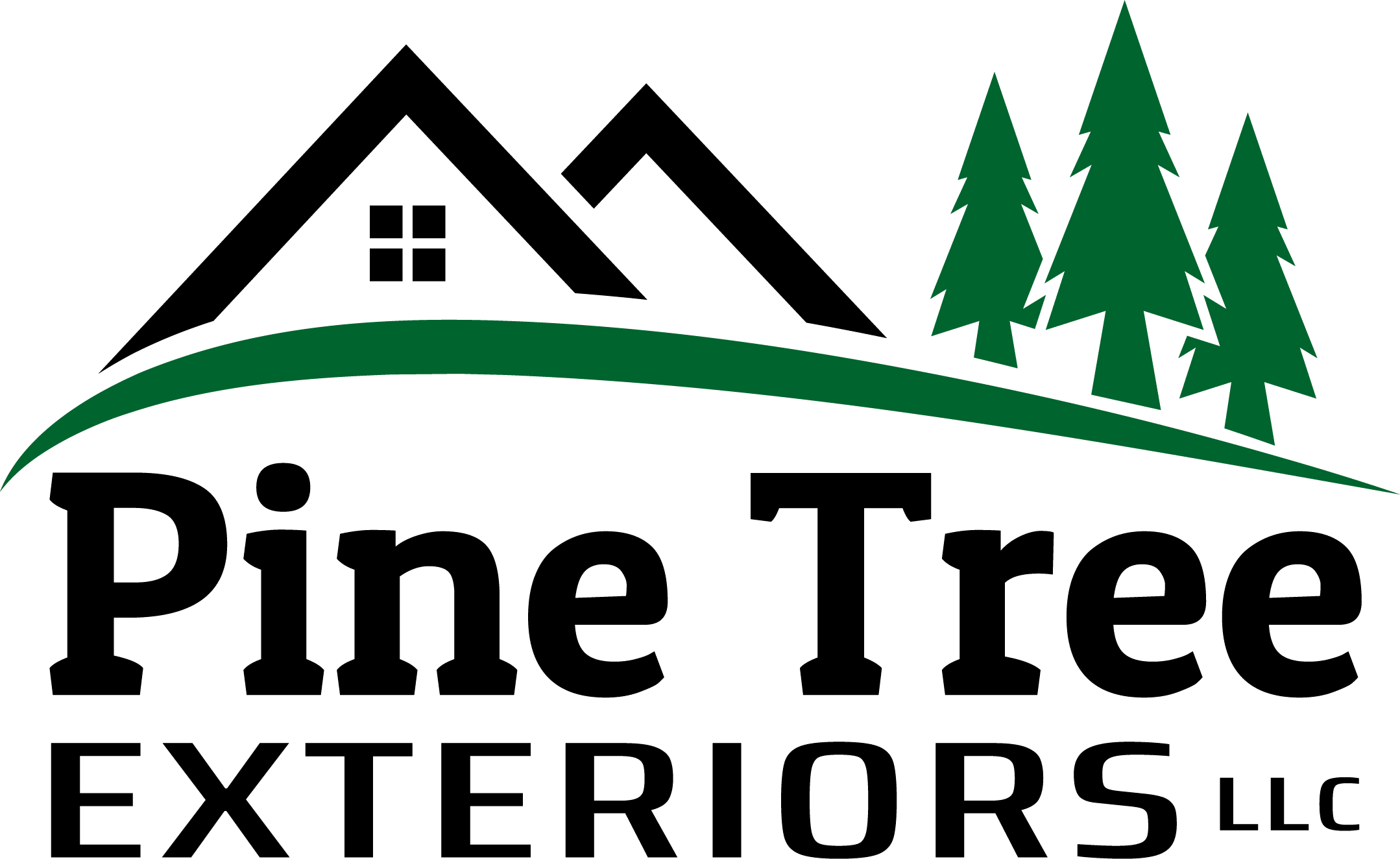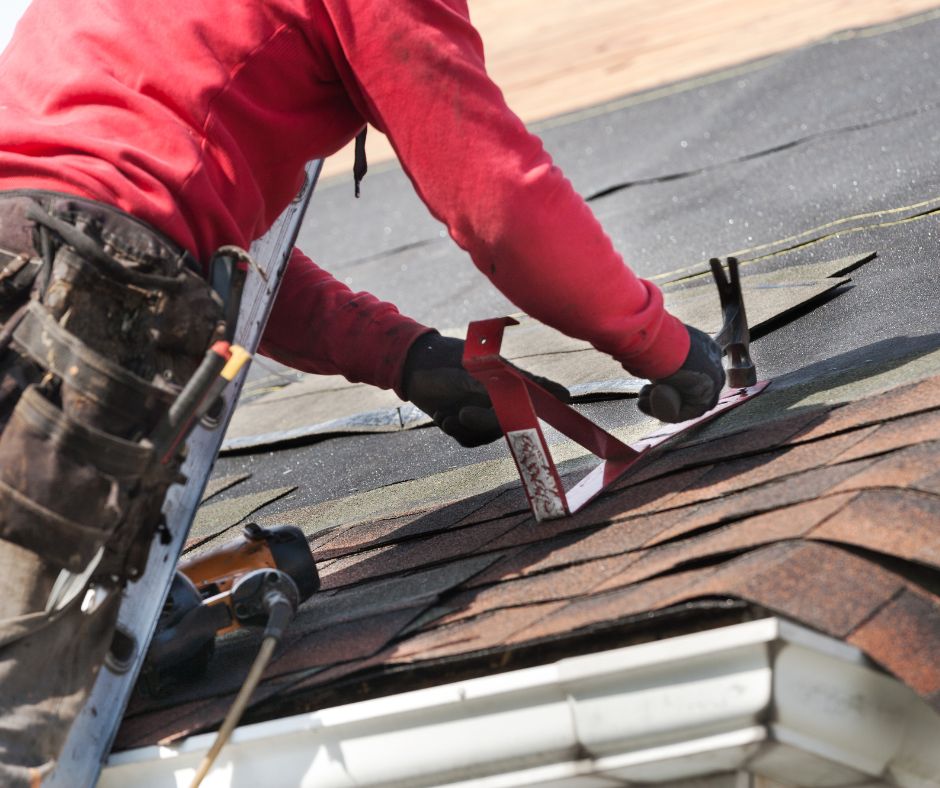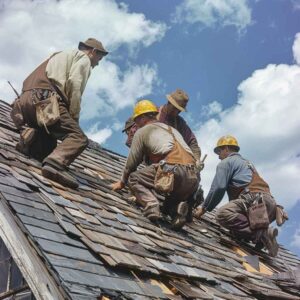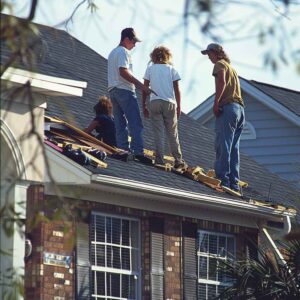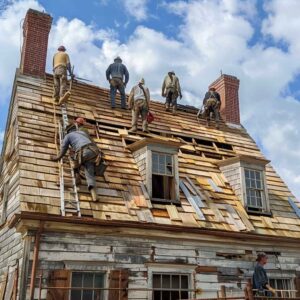Do you know what roofing felt is used for? It’s an essential component in waterproofing roofs, protecting them against leaks and enhancing their durability.
By serving as a barrier between the roof and the elements, it prevents damage from water, wind, and UV rays. With its strong and flexible qualities, roofing felt is a crucial material that keeps your roof in top shape.
Discover more about its importance and how it benefits your home in this article written by our experienced roofing contractors.
Benefits of Using Roofing Felt
Waterproofing Roofs
To waterproof your slate, shingle, or flat roof, you can use a layer of roofing felt to provide an additional barrier against moisture.
Roofing felt is a type of underlayment that is commonly used in roofing projects.
It is made from a combination of asphalt and fibers, which makes it highly resistant to water penetration. By installing roofing felt, you can protect your roof from leaks and water damage.
Additionally, roofing felt also has the benefit of improving insulation. It aids in minimizing heat loss in winter and preventing heat gain in summer, resulting in substantial energy conservation and reduced utility expenses.
So, if you want to improve the waterproofing of your roof while also reducing energy costs, consider using roofing felt as part of your roofing system.
Enhancing Durability
By using roofing felt, you can enhance the durability of your roof. Roofing felt acts as a protective barrier between the roof deck and the shingles, increasing the longevity of your roof.
It helps to prevent moisture from seeping into the roof, which can lead to structural damage over time.
The felt also provides an extra layer of insulation, improving the overall energy efficiency of your home.
Additionally, roofing felt helps to improve the structural integrity of your roof by providing added support to the shingles.
It helps to distribute the weight of the shingles evenly across the roof, reducing the risk of sagging or collapsing.
Overall, by incorporating roofing felt into your roof installation, you can ensure that your roof remains durable, reliable, and long-lasting.
Preventing Damage From Weather Elements
Safeguard your roof against weather-related damage by utilizing roofing felt. This material acts as a protective barrier, shielding your roof from moisture and other weather-related concerns.
Here’s how roofing felt helps prevent damage:
- Protecting against moisture: Roofing felt acts as a waterproof layer, preventing water from seeping into the underlying structure. It effectively blocks rainwater, snow, and ice, keeping your roof dry and reducing the risk of leaks or rot.
- Increasing insulation: Roofing felt provides an additional layer of insulation, helping to improve energy efficiency and reducing heat loss. It helps to maintain a consistent temperature within your home, reducing the strain on your heating and cooling systems.
- Preventing wind damage: Roofing felt helps to secure the shingles in place, preventing them from being lifted by strong winds. It enhances the overall stability of your roof and reduces the risk of shingle damage or displacement.
Conclusion
However, it is important to understand that roofing felt is not a foolproof solution, and regular maintenance is crucial in preventing leaks.
Routine maintenance involves examining the roof for indications of damage, such as cracked or absent shingles, compromised flashing or obstructed gutters.
These are common causes of roof leaks, and addressing them promptly can help avoid more severe issues down the line.
Furthermore, it is advisable to engage a professional for an annual roof inspection to detect and address any potential issues at an early stage.
By staying proactive and taking necessary precautions, you can significantly reduce the risk of leaks and ensure the longevity of your roof.
